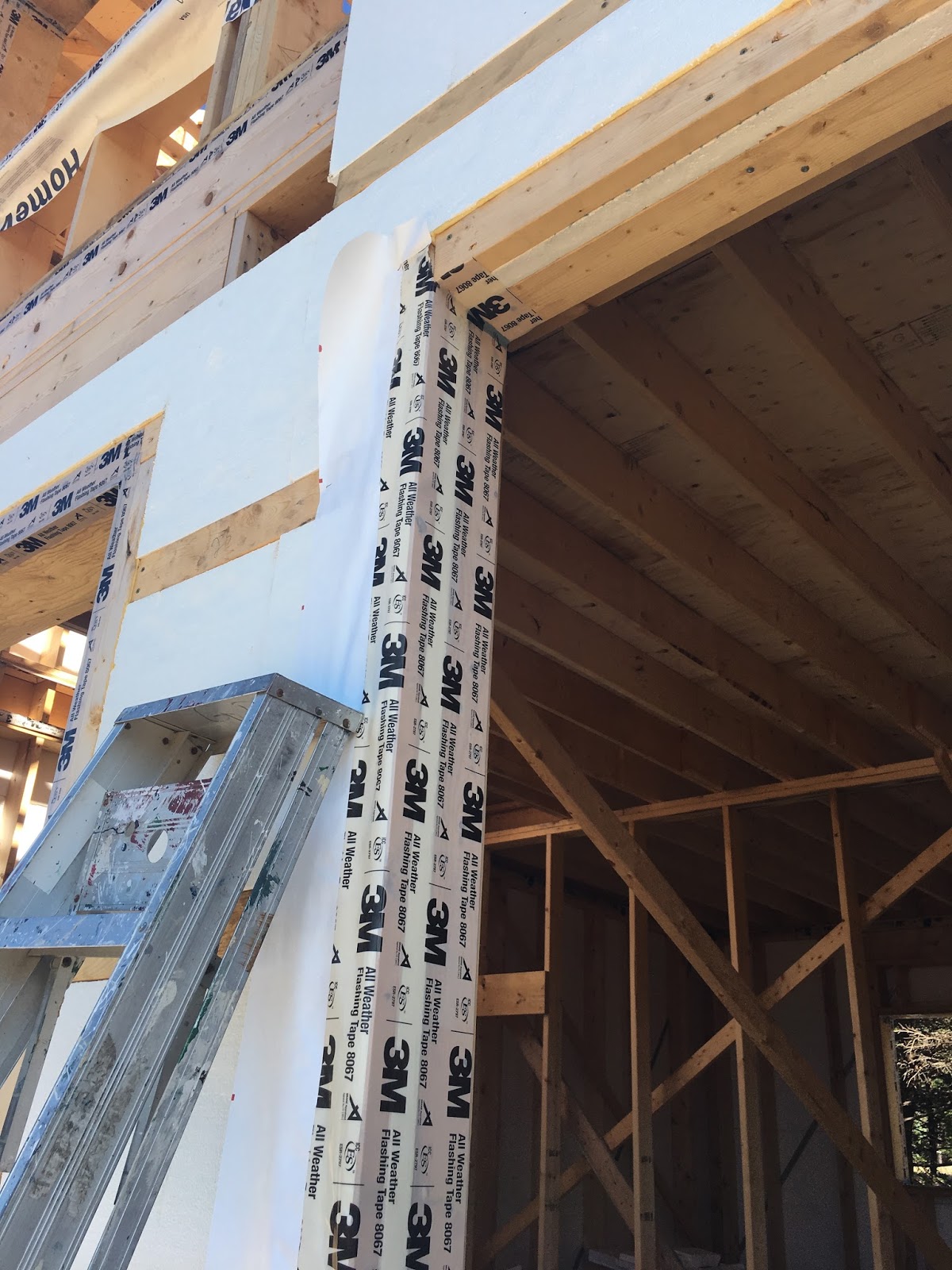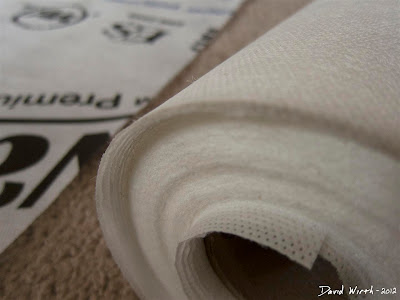

- #Tyvek flashing around quickboot how to
- #Tyvek flashing around quickboot install
- #Tyvek flashing around quickboot full
- #Tyvek flashing around quickboot windows
#Tyvek flashing around quickboot windows
Houses we build today have much less moisture holding capacity and way less chance to dry if they do get wet in the The sills on these windows have a small slope in the framing, then we use backer rod and caulk at the sill and 6" up the jambs.

That house had lots of moisture holding capacity with "real" lumber and plaster (and shiplap sheathing and cedar shingles). But, with no insulation in the walls the house dried out. When I remodeled my 1920's house a few years ago in Portland, OR I found that nearly every window had signs of leakage. But, that doesn't change my assertion that windows need to be installed with a sill pan so that the 1 out of every X windows that leaks over the next 50+ years of that windows life won't cause a building failure. Some windows may leak would be more accurate. Let me see if I can address some of the comments/questions I misspoke, not every window will leak. Unfortunately if you aren't the one designing the house or you aren't also the trim installer and siding installer then you might want to CYA by being a little overly cautious.
#Tyvek flashing around quickboot install
While I am not telling you not to install your windows with extra protection I am saying that it isn't entirely necessary and I believe that the building science community would agree.
#Tyvek flashing around quickboot full
on the flip, I have tore into windows & siding that was less than a decade old and full of rot. The whole system leads to leaky windows and a general fear amongst contractors and homeowners alike that their "windows can and will leak."īut if you simply choose the right home design, spec a good window, and install the window and surrounding components properly then why would it leak? Heck, I have tore into windows & siding that is over 150 years old yet showed no sign of leakage. On top of that, the product chosen are chosen based on price and sellability rather than function and even worse, the installation contractors are chosen based on low bid to ensure maximum profit. the home is never designed to fit it's location. But if you're building spec homes then that is just the problem. Here's the deal about belts and suspenders neither are required if your pants just fit properly.

I see this article as defining a 'belt and suspenders' style of window installation method. While I agree that a leak could occur due to a poorly designed window, a poorly installed window, a poorly installed trim/siding job, or just a poorly designed home in general I must firmly disagree that a window WILL leak. Quoting Matt Risinger: ".windows can and will leak"

This should be your last step in installing a new construction window.
#Tyvek flashing around quickboot how to
Here’s an overview of the steps covered in the video for how to install a new construction window: I actually use this video as I’m training new carpenters who join our crew. I like that this method utilizes off the shelf products and is easily trainable. Windows can & will leak, so this install method you’ll see here I feel is the best practice method for installing a flanged window in new construction. We as a building community are placing huge faith in these flanged windows that they will never develop a leak when we install them into a hole and tape the flanges then move on with cladding. My guess is that 90+% of all windows installed in American homes have no sill pan under them. The number one enemy of your house is water, and I’m a constant crusader on the topic of water management.


 0 kommentar(er)
0 kommentar(er)
